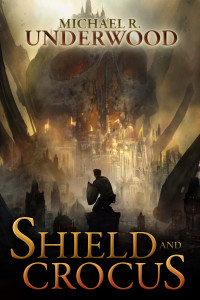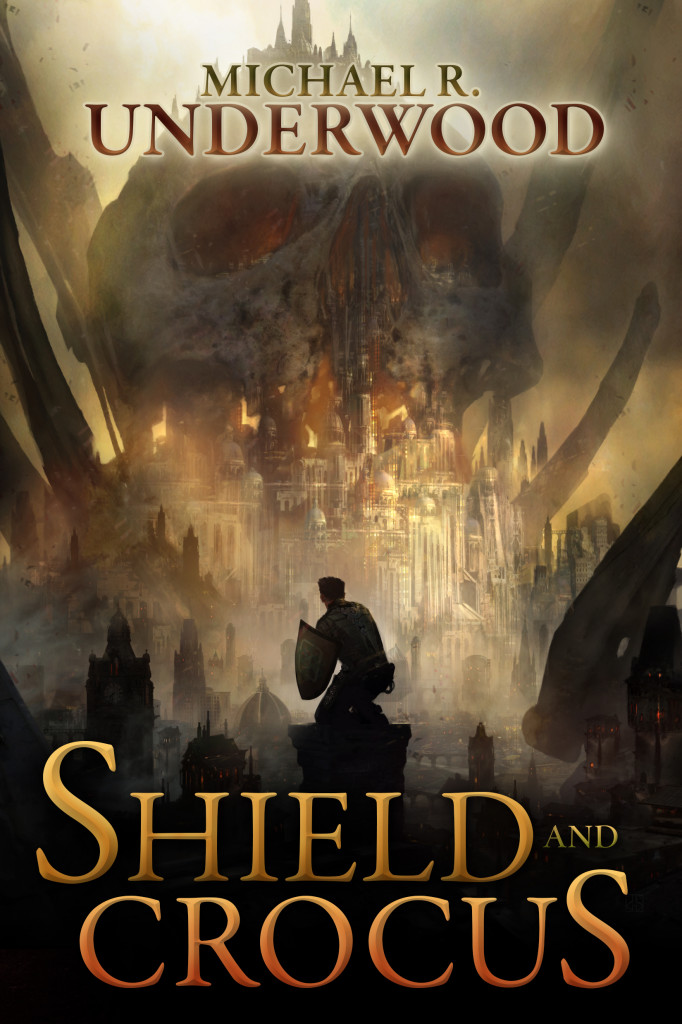Here we see an open letter to Joss Whedon from The TV Addict —
http://thetvaddict.com/2009/10/22/an-open-letter-to-joss-whedon/
Rumors from last year have already presented the possibility that Whedon could give up TV and return to an internet-based model as seen in Dr. Horrible’s Sing-Along Blog. Dollhouse has been assured a full 13-episode run for the season, but there is no word of picking up the back 9 (ordering more episodes to make a full 22-episode season), and there’s also a rumor from Brian Ausiello that Dollhouse will be benched during November sweeps. All of this seems to point to Dollhouse not surviving past its second season. Only time will tell, but the show’s renewal last season was a big surprise to many, and seemed to revolve around the fact that Whedon proved he could make the show for less money (see the post-apocalyptic “Epitaph One” for his example of lower-budget Dollhouse)
TV Addict does some quick math to speculate that a core audience of 2 million viewers buying straight-to-internet downloads at $.99 a pop yields a revenue of just under 2 million dollars per episode. Add in merchandise sales, DVDs and possible syndication, it seems pretty reasonable. There are also some other possibilities for budget-cutting, including shooting in video vs. digital (which then reduces the max quality of the material for DVD, a trade-off to be sure). There’s also the fact that a pilot episode can cost several times as much as a regular series episode due to start-up costs. Whedon and Mutant Enemy are a reliable entity, known for producing fan-favorite, intriguing material but recent lack of success with TV properties on network TV, which makes them an ideal case study for considering this change in model.
My girlfriend is more knowledgeable and interested in industry/funding/marketing than I am, but she’s in class in California right now — and I’m thinking out loud at least partially as a creator. Plus, this is my blog. However, she’s likely to come around and correct some of my numbers and/or add her opinion. 🙂
For Whedon, using a model adapted from/close to Felicia Day’s The Guild may prove as a starting point (and likely informed his approach with Dr. Horrible). Find investors for start-up costs (Pilot + 8 episodes) and make it go. Whedon’s fan community would reliably do vigorous viral marketing without having to be asked. Everyone in the geek-o-sphere (amusing name, TVAddict)
A show like this would probably live and die on the efficacy of its marketing campaign. Dr. Horrible was free to watch for a short period of time, and then became digital download only — it later ended up on Hulu for free and then became available by DVD (with extras, natch). If this new Whedon show were available online for free for X period of time (a week per episode?), and was also sold via iTunes/etc., would enough people pay to download it to sustain the show’s budgetary requirements? DVD sales of Whedon/Mutant Enemy material is consistently strong, but without the advertising revenue as a primary source of funding, it’s intriguing to ponder if a high-ish-budget show could survive in this model. Felicia Day’s The Guild is free to watch/download and pays for itself off of advertising and alliance with MSN (to by knowledge) — but it also appears to be a very cheap show to produce, with less than 10 minute episodes and little to no special effects.
If one production company can do it, doesn’t mean that any others could. Auteur/Star Power goes a long way in the digital world, but it goes as far as those consistent 2-million-ish viewers, not necessarily further. The Long Tail Theory probably applies here, where a figure/group famous within a subculture (geeks) can serve as a sufficient base for demand — without being The Next Big Thing like LOST or Heroes.
What Abut Going Cable?
An alternative would be shopping shows to cable networks — where the ratings demands are lower (and therefore, so are budgets, often times). Cable networks have been making critically-acclaimed shows for a number of years, and in recent memory, challenging shows like The Sopranos, Six Feet Under, Rome, The Shield, Mad Men and Breaking Bad have all come from cable networks and enjoyed popularity, critical praise/awards or both.
Whedon’s shows Buffy and Angel survived on 2nd-tier broadcast networks (UPN and WB) rather than the Big Four. The lessened ratings demands of these 2nd tier networks allowed the shows to survive. Right now, the descendent of UPN/WB — the CW) occupies that median position, but is strongly branded towards teen girl dramas (Gossip Girl, 90210, One Tree Hill, or dramas that appeal strongly to the 18-25/49 female demographic (SF shows such as Smallville and Supernatural (which help court the beloved male 18-24 demographic). It’s uncertain if a Whedon show would find a place in the current CW brand — certainly possible, given Whedon’s feminist-friendly approach (for certain brands of feminists, that is — debate continues on the ultimate standing of Whedon’s feminism), but not necessarily an instant match.
There’s a few issues with the ‘Go Cable’ approach. Here are the big two for me:
1) If a show is on cable, it automatically cuts out a portion of the potential audience. Some dozens-ish millions of viewers have/watch TV but not cable. This reduces potential viewers (likely reducing ratings) but also can be seen as inherently elitist — if you’re making shows for cable and have a social agenda (like promoting feminism or critiquing the capitalist system, etc.), you’re already always speaking to a more affluent population (we’re speaking in generalities here — there are better-off households who never watch tv, and there may be less affluent households that still decide to have and watch cable).
2) Ad space on cable networks is going to be sold at different rate sets than ad space on network TV. This goes back to the basic numbers of who has/watches cable vs. who has/watches network TV. Depending on the type of cable (basic vs. premium and all permutations), this can change how your show’s budget is determined. Whedon may be able to make quality TV on a lessened budget, but those limitations inform what kinds of shows can be made.
A modern-day+something cool show is likely to be far cheaper than a futuristic SF or historical/otherworld fantasy show (props, sets, costumes, etc.) — Whedon has frequently done the modern-day+ settings (Buffy, Angel, Dollhouse) but I know as a writer/creator, I would blanche at the limitations of that reality. Brilliant shows like Defying Gravity may fail to succeed because of budgetary problems like the above.
Wrapping it Up
These questions aren’t quite relevant for Whedon, et al. until/unless Dollhouse meets its end, but they are questions that need to be asked in general about the industry. We should be asking What purpose do these networks serve? Has technology developed to the point where other models are viable/recommended? What will it take to make those models viable, if they aren’t there yet?
I think I might like to write for TV one day, but by the time I make it there, the landscape may be violently different, just as the publishing industry is going through a major shakedown (price-wars at big-box stores, Borders teetering on the edge, increasing technology for e-readers and digital distribution, etc.)


